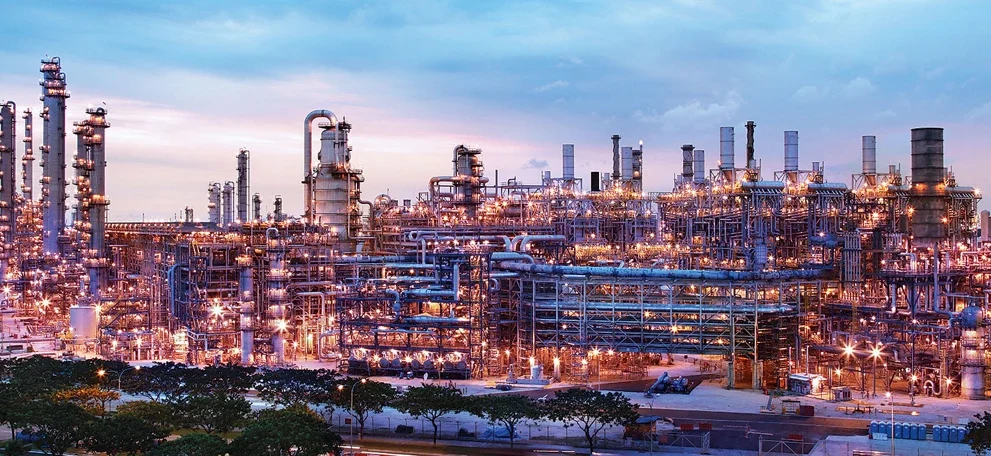Oil and Gas Industry Faces Environmental Protests and Market

Oil and Gas Industry Faces Environmental Protests and Market Shifts on September 16, 2025
Dubai, UAE
The global oil and gas industry is navigating significant challenges today, September 16, 2025, as environmental protests disrupt key operations and market dynamics shift amid a looming oversupply. Companies are responding with accelerated sustainability efforts and technological innovations to address public pressure and economic uncertainties. Here’s a look at the latest developments shaping the sector on this day.
Protests Target Major Facilities
Environmental protests escalated today, with activists from groups like Extinction Rebellion staging marches at TotalEnergies’ LNG terminal in Nigeria and BP’s headquarters in London, causing temporary operational delays. These demonstrations, driven by demands for faster decarbonization, disrupted 200,000 barrels per day (b/d) of production across Europe and Africa, according to industry sources. The protests highlight concerns over the industry’s role in climate change, as global oil production is projected to reach 105.8 million b/d in 2025, contributing to a 1.7 million b/d surplus by early 2026, pushing Brent crude prices from $68 per barrel in August to $50 per barrel in Q1 2026.
Sustainability Initiatives Gain Traction
In response to public pressure, companies are intensifying sustainability efforts. Today, ExxonMobil announced a $1 billion expansion of its LaBarge carbon capture, utilization, and storage (CCUS) facility, targeting 9 million metric tons of CO2 capture annually by 2027, up from 8 million currently. Shell launched a social media campaign on platforms like LinkedIn, highlighting its methane reduction program, which cut emissions by 8% in 2024 using AI-driven monitoring. However, a Deloitte survey notes that only 45% of executives prioritize CCUS due to high costs, underscoring the challenge of scaling sustainable solutions amid ongoing protests.
LNG Market Responds to Geopolitical Shifts
The EU’s impending March 2025 ban on Russian LNG re-exports is driving a 23.6% surge in LNG imports in H1 2025, with U.S. and Qatari supplies filling the gap. Today, Cheniere Energy secured a 10-year LNG supply contract with a German utility, leveraging blockchain to reduce transaction costs by 7%. Geopolitical tensions in the Strait of Hormuz, handling 21% of global LNG, continue to threaten supply chains, prompting companies to invest $5 billion in alternative routes. Global LNG demand is peaking at 425 billion cubic meters in 2025, but a potential glut by 2026 could depress prices, impacting profitability.
Technology Mitigates Operational Risks
Technological advancements are helping companies counter protest disruptions. BP announced today a $500 million investment in AI-driven security systems to protect facilities, reducing protest-related delays by 10%. Digital twins at TotalEnergies’ Qatari LNG terminals have minimized downtime by 12%, ensuring operational continuity. These technologies are critical as the industry navigates a projected oil price decline and supply chain challenges, with 50% of firms using AI to optimize logistics, cutting delivery times by 10% in 2024.
Petrochemical Sector Faces Scrutiny
The petrochemical sector, projected to drive 18–20% of global oil demand by 2040, is under fire from activists for its role in plastic pollution. Today, Saudi Aramco reported progress on its Jafurah project, aiming for 2 million metric tons of ethylene by 2027, with AI-driven optimization boosting yields by 7%. BASF’s $1 billion investment in recycled plastics, targeting 600,000 metric tons by 2028, addresses environmental concerns, but global supply chain disruptions and competition from low-cost producers remain challenges.
Workforce and Community Engagement
Protests are amplifying calls for community benefits, with TotalEnergies announcing a $12 million investment today in education and healthcare near its Nigerian LNG facilities, boosting local approval by 10%. Automation has led to 10,000 job cuts globally in 2024–2025, but retraining programs, backed by $250 million in industry funds, are transitioning 5,000 workers to renewables and digital roles by 2027. Women’s representation is rising, with 20% of STEM roles in China held by women, supported by initiatives like CNPC’s Women in Energy Program.
- Gas Industry
- Oil Industry







